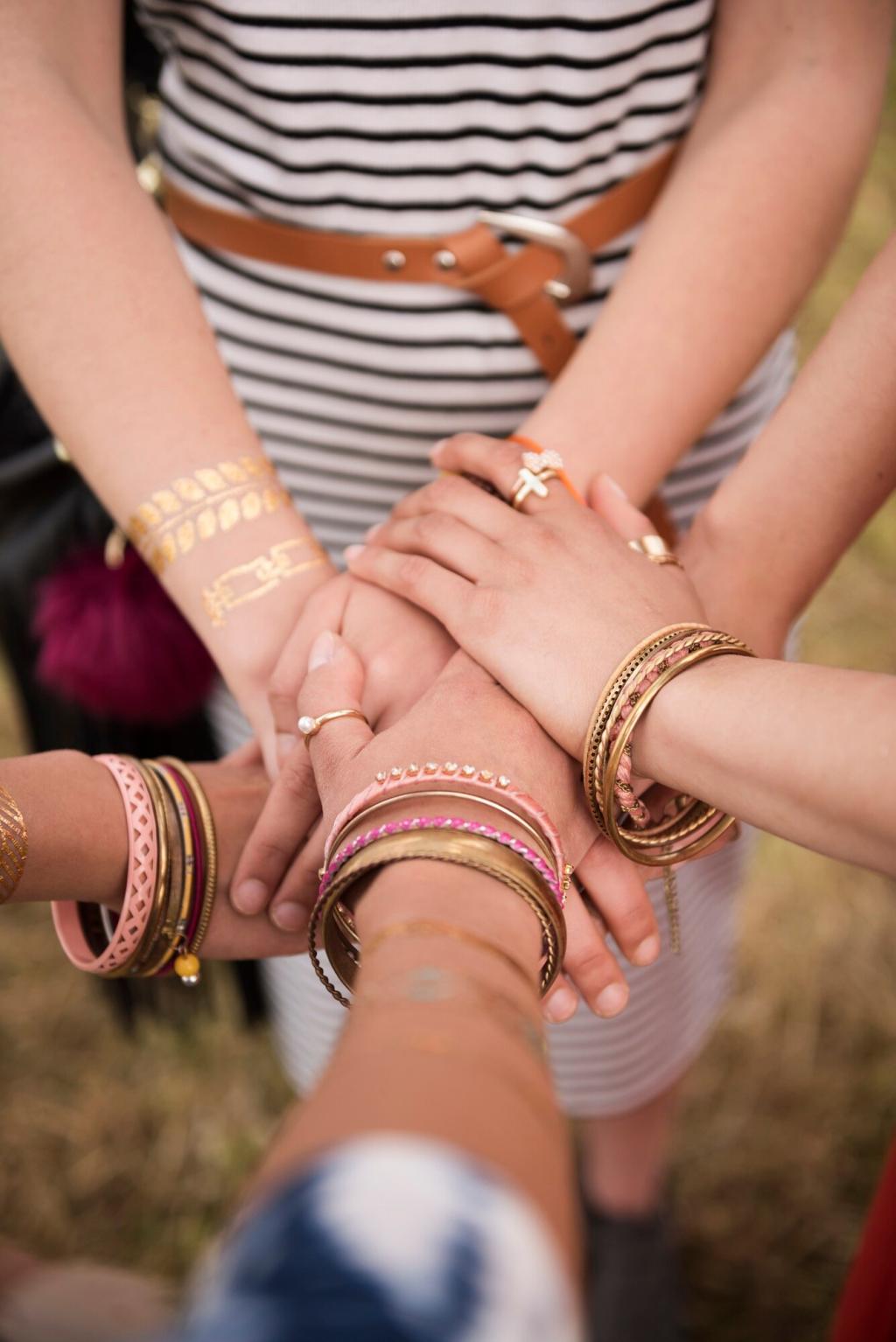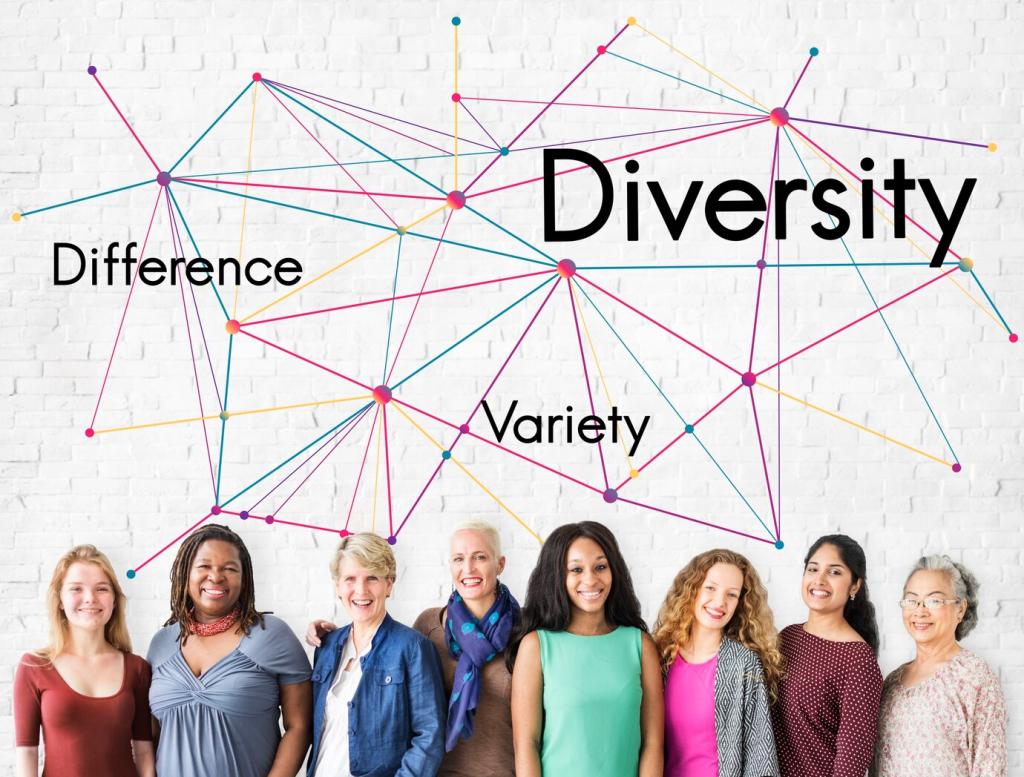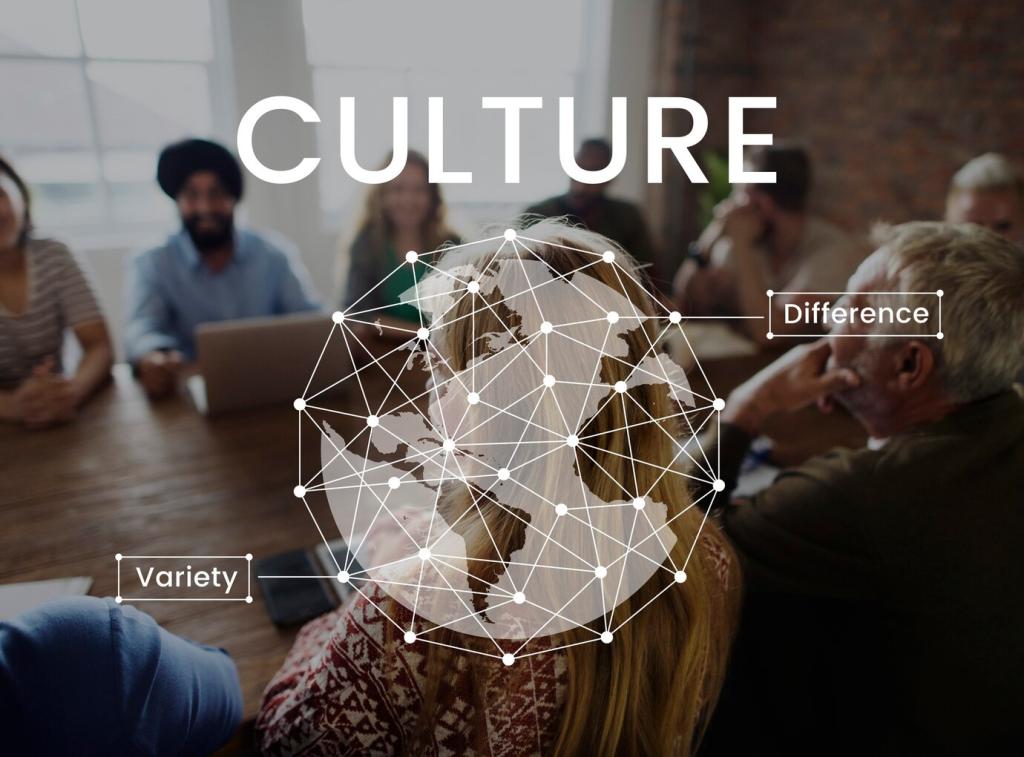Museums, Markets, and the Changing Critical Lens
Curators increasingly install Aboriginal works alongside global abstraction, not as a separate category. Wall texts foreground living cultures and specific Countries. This curatorial shift invites viewers to meet the works as peers—innovative, rigorous, and grounded—rather than as distant artifacts behind anthropological glass.
Museums, Markets, and the Changing Critical Lens
Rising demand has brought both opportunities and risks. Ethical galleries partner with community art centers, prioritize artist welfare, and educate buyers. Collectors learn that real value includes cultural integrity and provenance, aligning financial investment with long-term respect for artists and their families.












